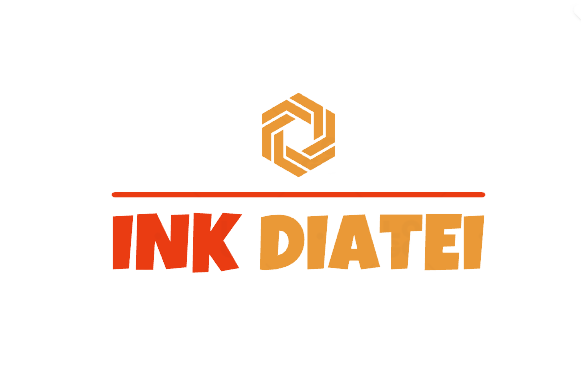The Intersection Of Technology And Current Insurance Benefits
The Role of Technology in the Insurance Industry
In recent years, technology has revolutionized various industries, and the insurance sector is no exception. The integration of technology has brought numerous benefits, making insurance processes more efficient, convenient, and accessible for both insurers and policyholders. This article explores the intersection of technology and current insurance benefits in 2023.
Streamlined and Convenient Insurance Processes
Gone are the days when purchasing insurance involved lengthy paperwork and tedious processes. With advancements in technology, insurers have shifted towards digitized platforms and online portals. Policyholders can now explore and compare insurance options, obtain quotes, and purchase policies with just a few clicks. This streamlined process saves time and offers convenience, making insurance more accessible to a wider audience.
Enhanced Customer Experience
Technology has also transformed the way insurers interact with their customers. Chatbots and virtual assistants have become commonplace, providing instant support and personalized assistance to policyholders. These AI-powered tools can answer frequently asked questions, guide customers through the claims process, and even provide policy recommendations based on individual needs. This enhanced customer experience improves satisfaction levels and strengthens the insurer-customer relationship.
Data Analytics and Risk Assessment
One of the significant benefits of technology in the insurance industry is the ability to analyze vast amounts of data. Insurers can leverage data analytics to gain valuable insights into customer behavior, market trends, and risk assessment. By harnessing this information, insurers can make data-driven decisions, develop customized insurance products, and offer competitive pricing. This not only benefits insurance companies but also allows policyholders to receive tailored coverage at affordable rates.
Technological Innovations in Insurance
Telematics and Usage-Based Insurance
Telematics, a technology that combines telecommunications and informatics, has revolutionized the auto insurance industry. With telematics devices installed in vehicles, insurers can monitor driving behavior, including speed, acceleration, and braking patterns. This data is then used to calculate premiums based on actual usage, promoting safe driving habits and offering customized insurance plans.
Artificial Intelligence and Machine Learning
Artificial Intelligence (AI) and Machine Learning (ML) have significantly impacted the insurance industry. AI algorithms can process vast amounts of data, identify patterns, and predict potential risks. This enables insurers to automate underwriting processes, detect fraudulent claims, and assess risks more accurately. Machine Learning algorithms continuously learn and adapt, improving their accuracy over time and enhancing the overall efficiency of insurance operations.
Blockchain and Smart Contracts
Blockchain technology has gained prominence in recent years, offering secure and transparent transactions. In the insurance industry, blockchain can be used for smart contracts, which are self-executing agreements with predefined conditions. Smart contracts eliminate the need for intermediaries, reduce administrative costs, and ensure efficient claims processing. Additionally, blockchain provides a tamper-proof record of all transactions, enhancing security and trust in the insurance ecosystem.
The Future of Insurance and Technology
Internet of Things (IoT) and Connected Devices
The Internet of Things (IoT) has the potential to transform the insurance industry further. Connected devices such as smart home systems and wearable health trackers can provide insurers with real-time data. This data can be used to offer personalized insurance plans, proactive risk management, and even prevent potential losses. IoT-enabled devices can detect and alert insurers of potential risks, such as water leaks or fire hazards, allowing for timely interventions and minimizing damages.
Big Data and Predictive Analytics
The availability of big data and advancements in predictive analytics will enable insurers to refine their risk assessment models further. By analyzing historical data and current trends, insurers can predict and prevent potential risks more accurately. This proactive approach not only benefits insurance companies by reducing claim payouts but also provides policyholders with a more comprehensive insurance experience.
Enhanced Cybersecurity Measures
As technology continues to evolve, so does the need for robust cybersecurity measures in the insurance industry. Insurers must invest in advanced security systems to protect sensitive customer data from cyber threats. This includes implementing multi-factor authentication, encryption protocols, and regular security audits. By prioritizing cybersecurity, insurers can instill confidence in their customers and maintain their trust in an increasingly digital landscape.
In Conclusion
The intersection of technology and current insurance benefits in 2023 is reshaping the insurance industry. From streamlined processes and enhanced customer experiences to advanced risk assessment and predictive analytics, technology is revolutionizing the way insurance operates. As we move forward, continued technological advancements will further optimize insurance processes, offering more personalized coverage, proactive risk management, and increased security for both insurers and policyholders.

Post a Comment for "The Intersection Of Technology And Current Insurance Benefits"